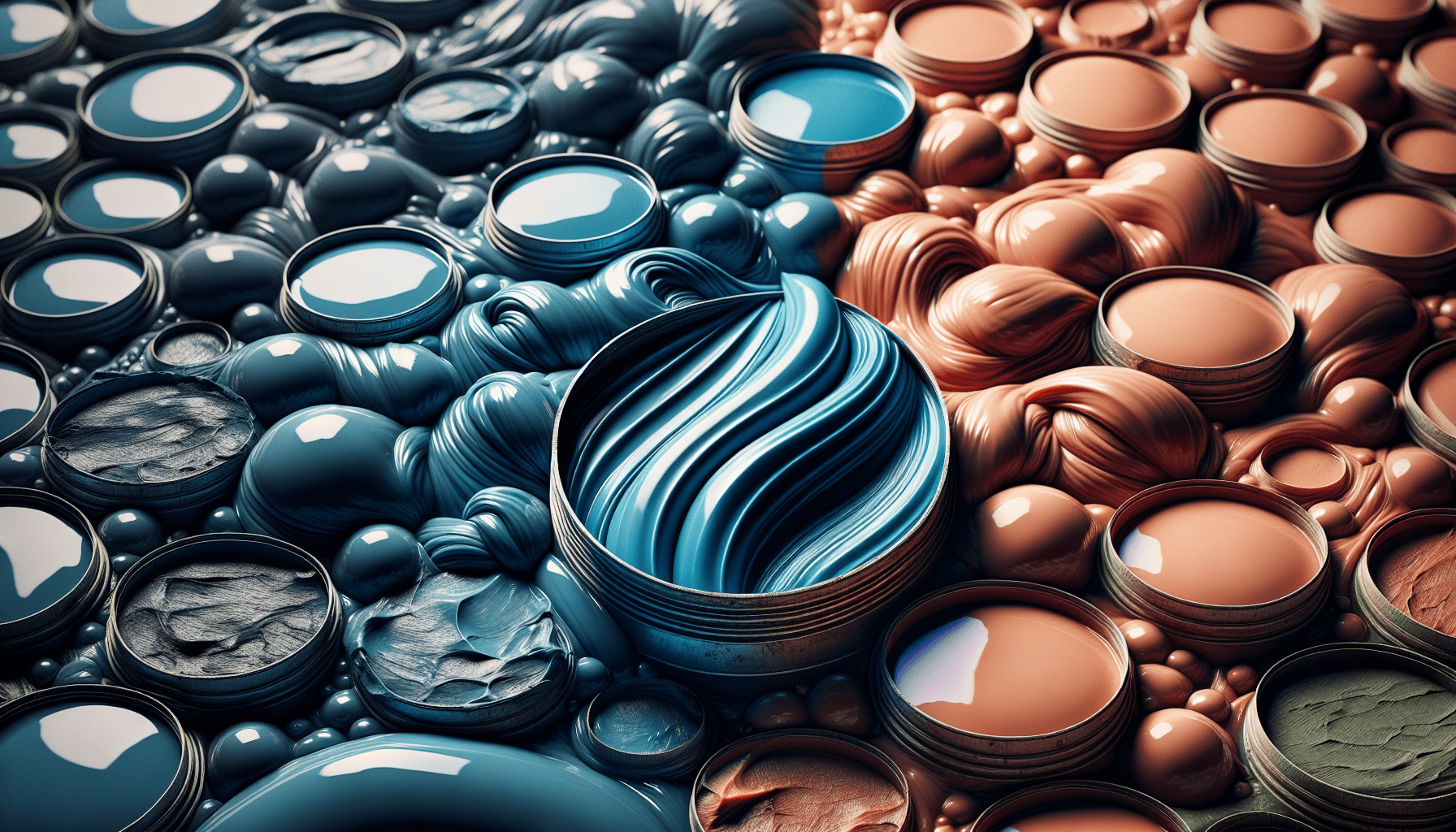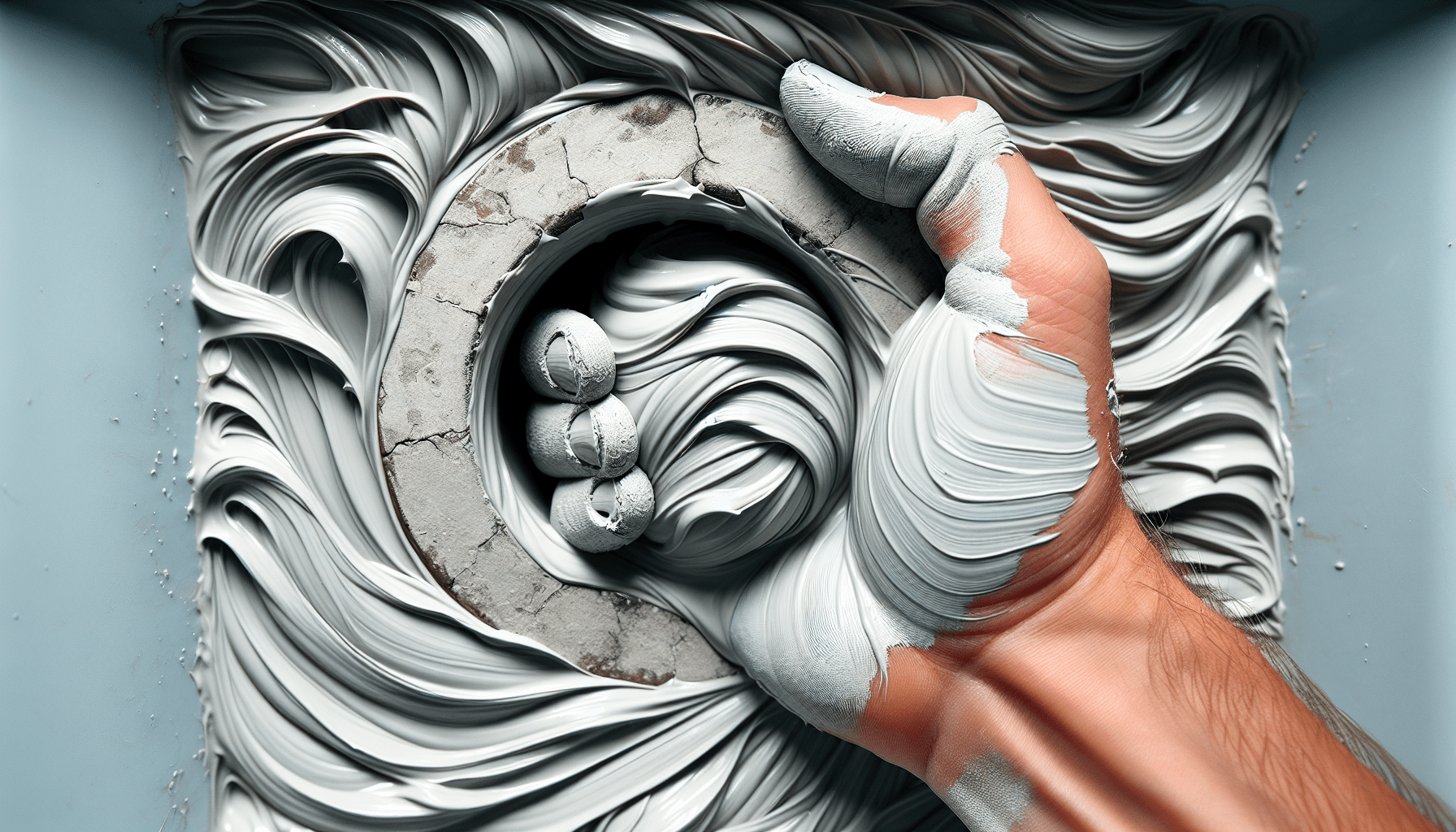If you’ve ever tackled a plumbing project, you might have come across the term “plumbers putty.” It’s a versatile adhesive sealant used to create watertight seals around sinks, faucets, and drains. But just how long should you let plumbers putty dry before using the fixture? In this article, we’ll explore the optimal drying time for plumbers putty and provide you with some handy tips to ensure a successful and leak-free plumbing job. So, grab your toolbox and let’s get started!
Factors Affecting Drying Time
Type of Plumbers Putty
The type of plumbers putty used can significantly impact the drying time. There are two main types of plumbers putty: oil-based and water-based. Oil-based putty usually takes longer to dry compared to the water-based variant. This is because oil-based putty contains linseed oil, which requires more time to fully dry and harden.
Temperature and Humidity
The temperature and humidity levels in the environment also play a crucial role in determining the drying time of plumbers putty. Higher temperatures typically accelerate the drying process, while lower temperatures prolong it. Similarly, high humidity slows down the drying time, while low humidity promotes faster drying.
Thickness of the Putty Layer
The thickness of the putty layer applied can affect how long it takes to dry. Thicker layers take longer to dry compared to thinner ones. When applying plumbers putty, it is important to consider the thickness required for your specific job. A thicker layer may be necessary for certain applications, but keep in mind that it will also increase the drying time.
Surface Material
The surface material on which the plumbers putty is applied can also impact the drying time. Different materials have varying levels of porosity, which can affect how quickly the putty dries. Porcelain surfaces, for instance, may result in a faster drying time compared to plastic or metal surfaces.
Standard Drying Time
General Guidelines
As a general guideline, it is advisable to allow plumbers putty to dry for at least 24 hours before subjecting it to any pressure or water contact. This timeframe ensures that the putty has adequately hardened and formed a reliable seal. However, it is essential to note that drying times can vary based on the factors mentioned earlier.
Manufacturer Recommendations
To determine the precise drying time for a specific brand of plumbers putty, it is crucial to consult the manufacturer’s recommendations. Each manufacturer might have its own suggested drying time based on the composition and characteristics of their product. Following these recommendations will help ensure optimal results.
Average Drying Time
On average, plumbers putty typically dries within 24 to 72 hours. However, this is just an estimate, and the drying time can vary depending on the aforementioned factors. It is always best to be patient and allow the putty to dry thoroughly before proceeding with any further steps.
Types of Plumbers Putty
Oil-Based Plumbers Putty
Oil-based plumbers putty is a traditional and widely-used option for many plumbing applications. It has a long drying time due to the linseed oil content. While it may take longer to dry, oil-based putty is known for its durability and ability to form a strong seal. If time is not a constraint, oil-based putty can be an excellent choice for long-term sealing needs.
Water-Based Plumbers Putty
Water-based plumbers putty is a newer alternative that has gained popularity. It dries relatively faster compared to oil-based putty, making it a convenient option for those with time constraints. Water-based putty is also less prone to staining porous materials, making it suitable for application on surfaces such as marble or granite. However, it may not be as durable as oil-based putty in certain situations.
Temperature and Humidity
Impact of Temperature
Temperature plays a crucial role in the drying process of plumbers putty. Warmer temperatures can expedite the drying time, providing the putty with an optimal environment to harden. It is advisable to apply plumbers putty in conditions where the temperature is within the range specified by the manufacturer. Avoid applying putty in extremely cold or hot temperatures, as it may affect the overall quality of the seal.
Effect of Humidity
Humidity levels influence how quickly plumbers putty dries. High humidity can slow down the drying process significantly, causing the putty to remain soft for longer periods. In such cases, it may be necessary to provide additional time for the putty to dry thoroughly. Conversely, low humidity levels can enhance the drying time, allowing the putty to harden effectively.
Thickness of the Putty Layer
Thin Layer
Applying a thin layer of plumbers putty typically results in a faster drying time. The reduced thickness allows the putty to dry more quickly and form a secure seal. Thin layers of putty are suitable for applications where minimal sealing is required, or when time is a crucial factor.
Thick Layer
When a more substantial sealing barrier is necessary, a thicker layer of plumbers putty is recommended. However, it is essential to note that thicker layers can significantly increase the drying time. It may take several days for the putty to dry completely when applied in a thick layer. Careful consideration should be given to the specific requirements of the job when determining the appropriate thickness of the putty layer.
Surface Material
Porcelain
When applying plumbers putty on porcelain surfaces, the drying time is generally shorter compared to other materials. Porcelain is non-porous, allowing the putty to dry and harden more efficiently. This makes it ideal for sealing applications in sinks, bathtubs, or toilets with porcelain surfaces. However, the drying time can still vary depending on other factors, such as temperature and humidity.
Plastic
Plastic surfaces can have a longer drying time compared to porcelain surfaces. The porous nature of some plastics may cause the putty to take longer to dry and harden. It is crucial to consider the material composition when using plumbers putty on plastic surfaces to ensure sufficient drying and sealing.
Metal
When applying plumbers putty on metal surfaces, the drying time is generally similar to that of plastic surfaces. However, metal surfaces can provide better adhesion for the putty, resulting in a more reliable seal. Proper surface preparation is essential for achieving optimal drying and sealing results on metal surfaces.
Factors to Consider
Job Requirements
Consider the specific requirements of your plumbing job when deciding on the drying time for plumbers putty. If the sealing needs to withstand significant pressure or prolonged exposure to water, it is advisable to allow for a longer drying time. On the other hand, for minor repairs or temporary sealing needs, a shorter drying time may be acceptable.
Time Constraints
Time constraints can also influence the choice of plumbers putty drying time. If you need to complete a plumbing project quickly, opting for a water-based putty with a shorter drying time can be advantageous. However, if you have more time available or are aiming for a long-lasting seal, an oil-based putty with a longer drying time may be a better option.
Application Type
Consider the type of plumbing application when determining the appropriate drying time for plumbers putty. Sealing a sink may have different requirements compared to sealing a shower or bathtub. Analyze the specific demands for your application in terms of water exposure, pressure, and durability to select the drying time that aligns with those requirements.
Signs of Dryness
Visual Appearance
One way to assess the dryness of plumbers putty is through its visual appearance. Once dry, the putty should have a uniformly consistent color. It should no longer appear shiny or feel tacky to the touch. If the putty still has areas that appear wet or sticky, it is an indication that it has not yet fully dried and hardened.
Touch and Feel
The tactile evaluation of plumbers putty can also provide insights into its dryness. When lightly pressed with a finger, the putty should feel firm and not leave any residue or impressions. If it feels soft or leaves marks, it is an indication that the putty still requires additional drying time. Avoid applying pressure or subjecting the putty to water until it feels solid and dry to the touch.
Post-Drying Procedures
Cleaning Excess Putty
After the plumbers putty has thoroughly dried, it is essential to remove any excess putty that may be protruding or visible. Using a clean, dry cloth or a plastic scraper, gently remove any excess putty to achieve a neat and professional appearance. Take care not to damage or scratch the surface while cleaning.
Testing for Proper Sealing
Before testing the seal of the plumbers putty, ensure that it has fully dried as per the recommended drying time. Once dry, you can test the seal by applying water or subjecting the area to normal usage. Observe closely for any signs of leakage or water seepage. If the seal is not tight or water penetrates through, it may indicate that additional sealing or drying time is required.
Conclusion
Determining the drying time for plumbers putty involves considering several factors, including the type of putty, temperature, humidity, thickness of the putty layer, and the surface material. Following manufacturer recommendations and allowing sufficient drying time is essential to ensure a proper and durable seal. Signs of dryness can be assessed through visual appearance and touch. After drying, excess putty should be cleaned, and the seal should be tested for proper sealing. By understanding the various factors and taking them into account, you can achieve optimal results when using plumbers putty.





